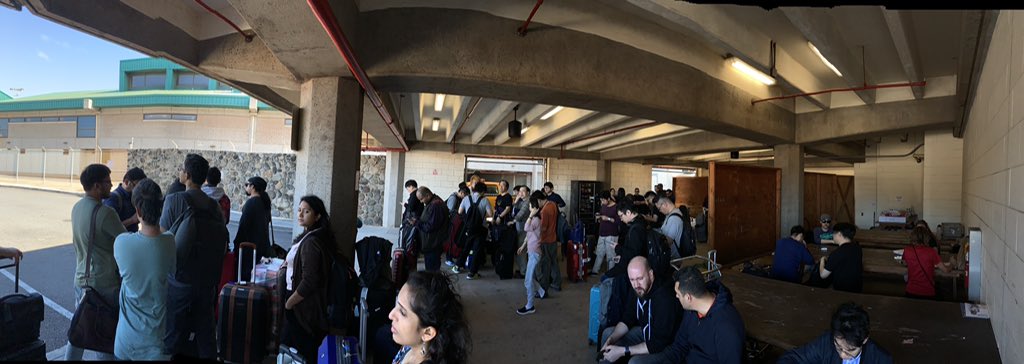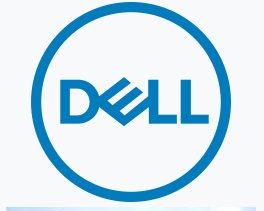You guessed it! The "cloud"
The "lift and shift"
Because if you've got a data centre, with a bunch of computers, you could easily move it to the "cloud" because it's just a virtual equivalent.
Simple!
Lift and shift
Lift and shift
Lift and shift
"Cloud" is awesome isn't it?
Well...
"Why do customers need to do all the networking?"
So then talking about "cloud" in terms of "networks" becomes redundant.
Not to say that networks are irrelevant. If you're using something that needs a network, like a connection based RDBMS, then you can still do all the things like before, but it's not required.
The weird thing is that many technologists still think that "networking" is a requirement for doing "cloud".
It isn't.
It hasn't been for years.
It's why I call it "cloud 2.0"
I did a talk on it in April in Atlanta
recallact.com/presentation/s…
I've seen almost zero successful multicloud strategies (no... actually zero)
Only regulatory reasons should require a multicloud strategy, and even then it should be a last resort.
If you want to talk "cloud 2.0" then come talk to me.


















